Home>Furniture & Design>Interior Design Trends>What Is Heady Glass
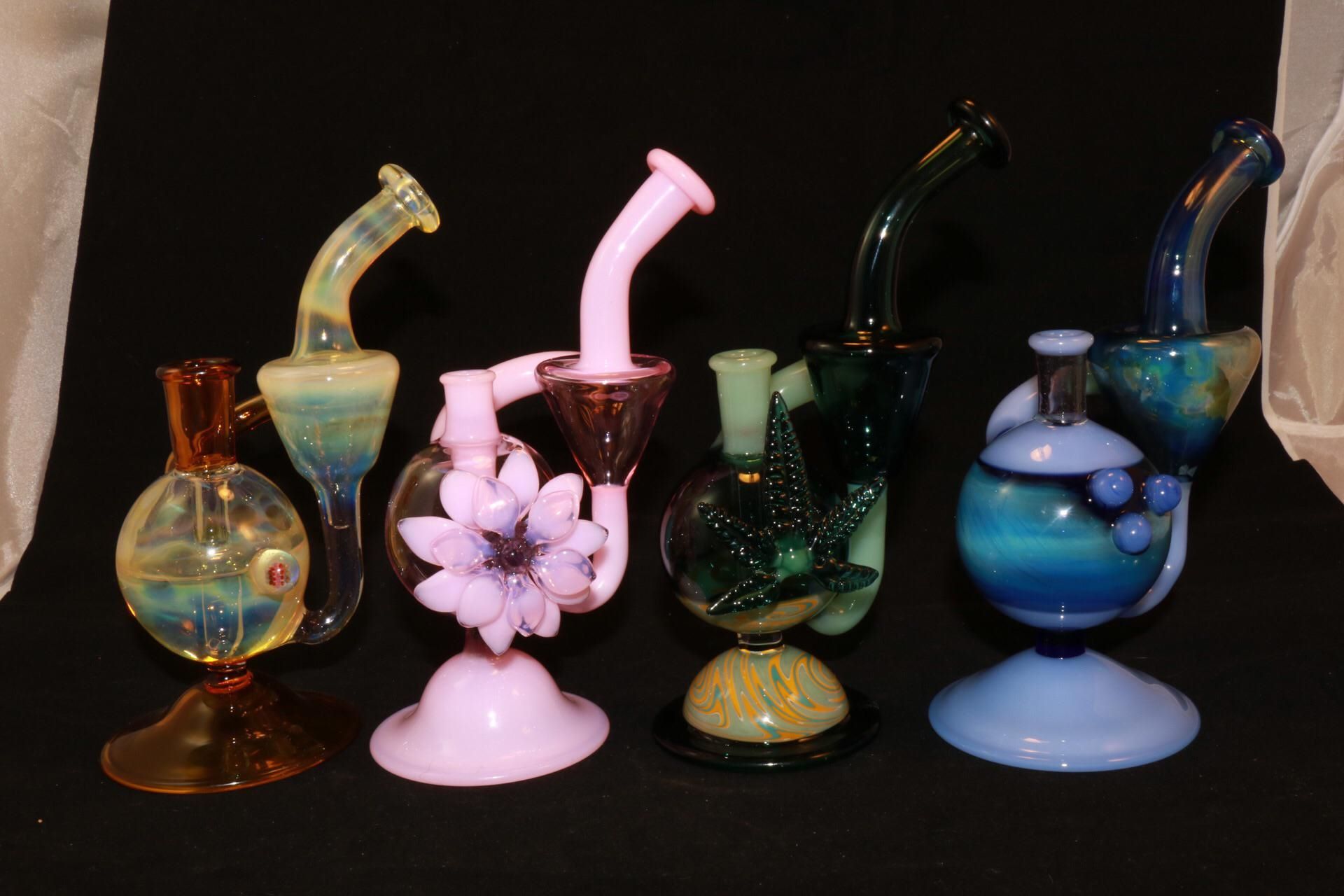

Interior Design Trends
What Is Heady Glass
Published: February 4, 2024
Discover the latest interior design trends with our guide to heady glass, a unique and stylish addition to any modern home. Explore the beauty and functionality of this innovative design trend today!
(Many of the links in this article redirect to a specific reviewed product. Your purchase of these products through affiliate links helps to generate commission for Storables.com, at no extra cost. Learn more)
Introduction
Heady glass, a term that has gained significant traction in the world of glass art and smoking accessories, refers to intricately designed and visually stunning glass pieces. These unique creations are not only functional but also serve as exquisite works of art, often coveted by collectors and enthusiasts alike.
Heady glass pieces are characterized by their elaborate and often whimsical designs, which are meticulously crafted to showcase the skill and creativity of the glass artist. These pieces are not mass-produced; rather, they are handmade, with each one bearing the distinct touch of the artist's vision and expertise.
The appeal of heady glass extends beyond its functionality as smoking accessories. It represents a fusion of artistry and functionality, elevating the act of smoking to a sensory and aesthetic experience. The intricate patterns, vibrant colors, and intricate details of heady glass pieces make them highly sought after by individuals who appreciate the intersection of art and utility.
As the demand for heady glass continues to grow, it has evolved into a thriving niche within the broader glass art and smoking culture. Collectors, connoisseurs, and enthusiasts are drawn to the uniqueness and individuality of each piece, as well as the skill and innovation demonstrated by the artists who create them.
In the following sections, we will delve into the history of heady glass, explore the characteristics and techniques that define this art form, highlight prominent artists and studios in the industry, and discuss the allure of collecting and investing in heady glass. Through this exploration, we aim to provide a comprehensive understanding of the artistry, craftsmanship, and cultural significance of heady glass in today's creative landscape.
Key Takeaways:
- Heady glass is a captivating art form that blends intricate designs, vibrant colors, and functionality, elevating smoking accessories into visually stunning and collectible pieces.
- The history of heady glass dates back to counterculture movements, and its allure lies in the individuality, artistic expression, and investment potential of each unique piece.
Read more: What Is Empoli Glass
History of Heady Glass
The history of heady glass is a captivating journey that intertwines artistry, innovation, and cultural evolution. While the origins of glassblowing date back to ancient civilizations, the emergence of heady glass as a distinct art form can be traced to the counterculture movements of the 1960s and 1970s. During this period, the demand for unique and visually striking smoking accessories began to rise, leading to the exploration of glass as a medium for artistic expression.
In the early stages, glass artists, often influenced by the psychedelic and bohemian ethos of the era, began experimenting with unconventional designs and techniques, giving birth to what would later be recognized as heady glass. These pioneering artists sought to transcend the traditional boundaries of functional glassware, infusing their creations with intricate patterns, vibrant colors, and imaginative forms.
As the subculture of glass art and smoking accessories continued to evolve, the demand for heady glass gained momentum, prompting artists to push the boundaries of their craft. The 1990s marked a significant turning point for heady glass, as artists increasingly focused on creating one-of-a-kind, handcrafted pieces that showcased their technical prowess and artistic vision.
The rise of the internet and social media further propelled the visibility of heady glass, allowing artists to connect with a global audience and garner recognition for their distinctive creations. This newfound exposure not only expanded the market for heady glass but also fostered a sense of community among artists, collectors, and enthusiasts.
Today, the legacy of heady glass continues to thrive, with contemporary artists drawing inspiration from a diverse range of influences, including nature, pop culture, and avant-garde aesthetics. The fusion of traditional glassblowing techniques with innovative approaches has led to the emergence of increasingly intricate and visually captivating heady glass pieces.
The history of heady glass is a testament to the enduring allure of artisanal craftsmanship and the transformative power of artistic expression. From its humble origins within counterculture movements to its current status as a revered art form, heady glass stands as a testament to the enduring legacy of creativity and innovation in the realm of glass art and smoking culture.
Characteristics of Heady Glass
Heady glass is renowned for its distinctive characteristics, setting it apart as a captivating and sought-after art form within the realm of glassblowing and smoking accessories. These defining traits contribute to the allure and desirability of heady glass pieces, captivating collectors and enthusiasts with their unique appeal.
-
Intricate Designs: Heady glass pieces are distinguished by their intricate and elaborate designs, often featuring a mesmerizing array of patterns, textures, and embellishments. These designs are meticulously crafted to captivate the viewer, showcasing the artist's skill and creativity in shaping the glass into visually stunning compositions.
-
Vibrant Colors: A hallmark of heady glass is the use of vibrant and richly pigmented colors, which infuse each piece with a dynamic and captivating visual presence. Artists employ a diverse range of color application techniques, including fuming, layering, and marbling, to achieve stunning chromatic effects that enhance the overall aesthetic appeal of the glass.
-
Functional Artistry: Heady glass seamlessly blends functionality with artistic expression, transcending the conventional notion of smoking accessories. Each piece serves as a functional work of art, elevating the act of smoking into a sensory and aesthetic experience. The fusion of form and function underscores the craftsmanship and ingenuity inherent in heady glass creations.
-
Individuality and Uniqueness: One of the most compelling aspects of heady glass is the emphasis on individuality and uniqueness. Unlike mass-produced glassware, heady glass pieces are handmade, with each one bearing the distinct imprint of the artist's vision and expertise. This emphasis on individual expression and originality contributes to the collectible nature of heady glass.
-
Artistic Expression: Heady glass serves as a canvas for artistic expression, allowing glass artists to push the boundaries of their creativity and technical skill. From whimsical and surreal designs to intricate sculptural elements, heady glass pieces embody the artist's imaginative vision, inviting viewers to engage with the artistry and narrative woven into each creation.
-
Collectible Appeal: The captivating allure of heady glass extends to its collectible appeal, attracting enthusiasts and collectors who appreciate the rarity and artistry of these unique pieces. As a result, heady glass has garnered a dedicated following, with collectors seeking out exceptional works from renowned artists and studios.
The characteristics of heady glass collectively contribute to its status as a revered and captivating art form, captivating audiences with its intricate designs, vibrant colors, and seamless fusion of artistry and functionality. As the demand for heady glass continues to grow, these defining traits underscore its enduring appeal and significance within the realm of glass art and smoking culture.
Techniques Used in Heady Glass
The creation of heady glass involves a diverse array of techniques that showcase the skill, innovation, and artistry of glass artists. These techniques, honed through years of practice and experimentation, contribute to the intricate and visually captivating nature of heady glass pieces. From traditional methods to cutting-edge approaches, the following techniques are instrumental in shaping the unique aesthetic and appeal of heady glass:
-
Fuming: Fuming is a technique that involves vaporizing precious metals, such as silver and gold, and applying the resulting fumes to the surface of the glass. This process creates iridescent and reflective effects, imbuing the glass with a captivating luster and enhancing its visual allure. Fuming allows artists to achieve stunning color variations and ethereal textures, adding a touch of opulence to their creations.
-
Implosion: Implosion is a technique that entails manipulating glass rods and tubing to create intricate patterns and designs within the glass. By strategically heating and shaping the glass, artists can produce mesmerizing implosions, where the patterns appear to converge inward, creating a sense of depth and dimension. This technique lends a sense of dynamic movement and visual complexity to heady glass pieces, captivating the viewer with its mesmerizing optical effects.
-
Sculpting: Sculpting is a fundamental technique in heady glass art, allowing artists to transform molten glass into three-dimensional forms and figurative elements. Whether crafting whimsical characters, intricate flora, or surreal motifs, sculpting enables artists to infuse their creations with narrative depth and expressive character. This technique showcases the artist's mastery of form and proportion, resulting in heady glass pieces that exude a sense of sculptural elegance and artistic ingenuity.
-
Marble Making: Marble making involves the creation of small, spherical glass marbles that are often incorporated into heady glass designs. Artists utilize a combination of shaping, layering, and color manipulation techniques to produce mesmerizing marbles with intricate patterns and captivating visual depth. These marbles serve as focal points within heady glass pieces, adding a tactile and visual dimension that enhances the overall composition.
-
Encasement: Encasement is a technique wherein one or more layers of glass are encapsulated within clear glass, creating a sense of depth and dimensionality. This process allows artists to preserve and showcase intricate designs, patterns, and color combinations, while also providing a protective layer that enhances the durability and visual impact of the artwork. Encasement adds a layer of complexity and visual intrigue to heady glass pieces, inviting viewers to explore the hidden layers within the glass.
The utilization of these techniques underscores the multifaceted nature of heady glass art, showcasing the fusion of traditional craftsmanship with innovative approaches. Each technique represents a testament to the artist's technical skill, creative vision, and dedication to pushing the boundaries of glass artistry. As heady glass continues to captivate audiences with its mesmerizing designs and artistic depth, these techniques remain integral to the enduring allure and cultural significance of this vibrant art form.
Heady glass refers to high-quality, artistic glass pieces typically used for smoking cannabis. Look for intricate designs, vibrant colors, and unique shapes when shopping for heady glass.
Popular Artists and Studios in Heady Glass Industry
The world of heady glass is enriched by a diverse community of immensely talented artists and renowned studios, each contributing to the vibrant tapestry of this captivating art form. These individuals and collectives have garnered widespread acclaim for their exceptional craftsmanship, innovative designs, and unwavering dedication to pushing the boundaries of glass artistry.
One prominent figure in the heady glass scene is Scott Deppe, whose visionary creations have earned him a revered status within the industry. Known for his mastery of sculpting and implosion techniques, Deppe's pieces often feature intricate details and mesmerizing patterns, captivating collectors and enthusiasts with their artistic depth and technical precision. His studio, Mothership Glass, has become synonymous with unparalleled artistry and has set a benchmark for excellence in the world of heady glass.
Another luminary in the field is Banjo, celebrated for his pioneering work in fuming and color application. Banjo's distinctive style, characterized by ethereal color gradients and intricate fume work, has established him as a trailblazer in the realm of heady glass art. His contributions have significantly influenced the evolution of glass art techniques, inspiring a new generation of artists to explore the boundless possibilities of color manipulation and fuming.
Furthermore, the collaborative efforts of artists such as Snic Barnes and Mike Gong have redefined the artistic landscape of heady glass. Their collaborative studio, Snic Barnes x Mike Gong Glass, exemplifies a fusion of creative energies, resulting in breathtaking pieces that seamlessly blend sculptural elements with vibrant color palettes. Their collaborative approach has not only elevated the artistry of heady glass but has also fostered a spirit of camaraderie and innovation within the community.
In addition to individual artists, studios such as Toro Glass and Liberty 503 have made indelible marks on the industry, producing a diverse range of heady glass pieces that showcase a fusion of technical expertise and imaginative design. These studios have cultivated a loyal following, with collectors and enthusiasts eagerly seeking out their limited-edition releases and collaborative projects, further solidifying their influence in the world of heady glass.
The contributions of these artists and studios underscore the dynamic and ever-evolving nature of heady glass, shaping its cultural significance and inspiring a new wave of creativity within the industry. Their visionary work continues to captivate audiences and reaffirm the enduring allure of heady glass as a form of artistic expression and cultural resonance.
Read more: What Is A Glass Cleaner
Collecting and Investing in Heady Glass
Collecting and investing in heady glass has emerged as a compelling pursuit for enthusiasts and connoisseurs alike, driven by a convergence of artistic appreciation, cultural significance, and investment potential. The allure of acquiring exceptional heady glass pieces extends beyond mere ownership, encompassing a deep appreciation for the artistry, craftsmanship, and individuality embodied in each creation.
For collectors, the act of acquiring heady glass represents a form of artistic curation, where each piece serves as a testament to the artist's vision and technical mastery. The process of building a collection involves seeking out unique and exceptional works that resonate on a personal and aesthetic level. Collectors are drawn to the diversity of styles, techniques, and narratives expressed through heady glass, with each acquisition adding depth and richness to their curated assemblage.
Furthermore, investing in heady glass transcends the traditional notion of financial returns, encompassing a broader recognition of the cultural and historical significance of these art pieces. As the demand for heady glass continues to grow, exceptional works from renowned artists and studios have garnered attention as valuable assets within the art market. Collectors with a discerning eye for quality and innovation recognize the investment potential of acquiring seminal pieces that embody artistic excellence and cultural resonance.
The limited production and individuality of heady glass pieces contribute to their desirability as collectible and investment-grade artworks. As the market for heady glass evolves, certain pieces appreciate in value, reflecting the enduring appeal and significance of the artists' contributions to the art form. Collectors and investors are attuned to the rarity and provenance of specific pieces, recognizing the intrinsic value of acquiring works that encapsulate the pinnacle of artistic achievement within the realm of heady glass.
Moreover, the act of collecting and investing in heady glass fosters a sense of connection to the broader glass art community, where enthusiasts and collectors converge to celebrate the diversity and innovation within the industry. The cultivation of relationships with artists, studios, and fellow collectors adds a social dimension to the pursuit, enriching the experience of acquiring and appreciating heady glass as a form of artistic expression and cultural resonance.
In essence, collecting and investing in heady glass transcends the conventional paradigms of art acquisition, embodying a fusion of artistic passion, cultural appreciation, and investment acumen. As collectors and enthusiasts continue to champion the artistry and significance of heady glass, the pursuit of acquiring exceptional pieces stands as a testament to the enduring allure and cultural resonance of this vibrant and captivating art form.
Conclusion
In conclusion, the world of heady glass stands as a testament to the enduring legacy of artistic expression, technical innovation, and cultural resonance within the realm of glass art and smoking culture. From its humble origins within counterculture movements to its current status as a revered art form, heady glass has captivated audiences with its intricate designs, vibrant colors, and seamless fusion of artistry and functionality.
The history of heady glass reflects a captivating journey of artistic evolution, shaped by the pioneering spirit of glass artists who sought to transcend traditional boundaries and infuse their creations with imaginative depth and visual allure. The emergence of heady glass as a distinct art form can be traced to the counterculture movements of the 1960s and 1970s, where the demand for unique and visually striking smoking accessories spurred the exploration of glass as a medium for artistic expression. This transformative journey has culminated in the vibrant and diverse landscape of heady glass artistry that continues to inspire and captivate enthusiasts and collectors worldwide.
The characteristics and techniques that define heady glass underscore its status as a captivating and sought-after art form. From intricate designs and vibrant colors to the seamless fusion of functionality and artistry, heady glass pieces embody a harmonious balance of aesthetic appeal and utilitarian purpose. The utilization of techniques such as fuming, implosion, sculpting, and encasement showcases the multifaceted nature of heady glass art, highlighting the fusion of traditional craftsmanship with innovative approaches.
Furthermore, the contributions of prominent artists and studios within the heady glass industry have redefined the artistic landscape, shaping the cultural significance and investment potential of these unique pieces. The visionary work of artists such as Scott Deppe, Banjo, and collaborative studios like Snic Barnes x Mike Gong Glass has elevated the artistry of heady glass, inspiring a new wave of creativity and innovation within the industry.
The act of collecting and investing in heady glass represents a compelling pursuit for enthusiasts and connoisseurs, driven by a convergence of artistic appreciation, cultural significance, and investment potential. The limited production and individuality of heady glass pieces contribute to their desirability as collectible and investment-grade artworks, reflecting the enduring appeal and significance of the artists' contributions to the art form.
In essence, heady glass embodies a fusion of artistic passion, cultural appreciation, and investment acumen, transcending the conventional paradigms of art acquisition. As collectors and enthusiasts continue to champion the artistry and significance of heady glass, the pursuit of acquiring exceptional pieces stands as a testament to the enduring allure and cultural resonance of this vibrant and captivating art form.
Frequently Asked Questions about What Is Heady Glass
Was this page helpful?
At Storables.com, we guarantee accurate and reliable information. Our content, validated by Expert Board Contributors, is crafted following stringent Editorial Policies. We're committed to providing you with well-researched, expert-backed insights for all your informational needs.
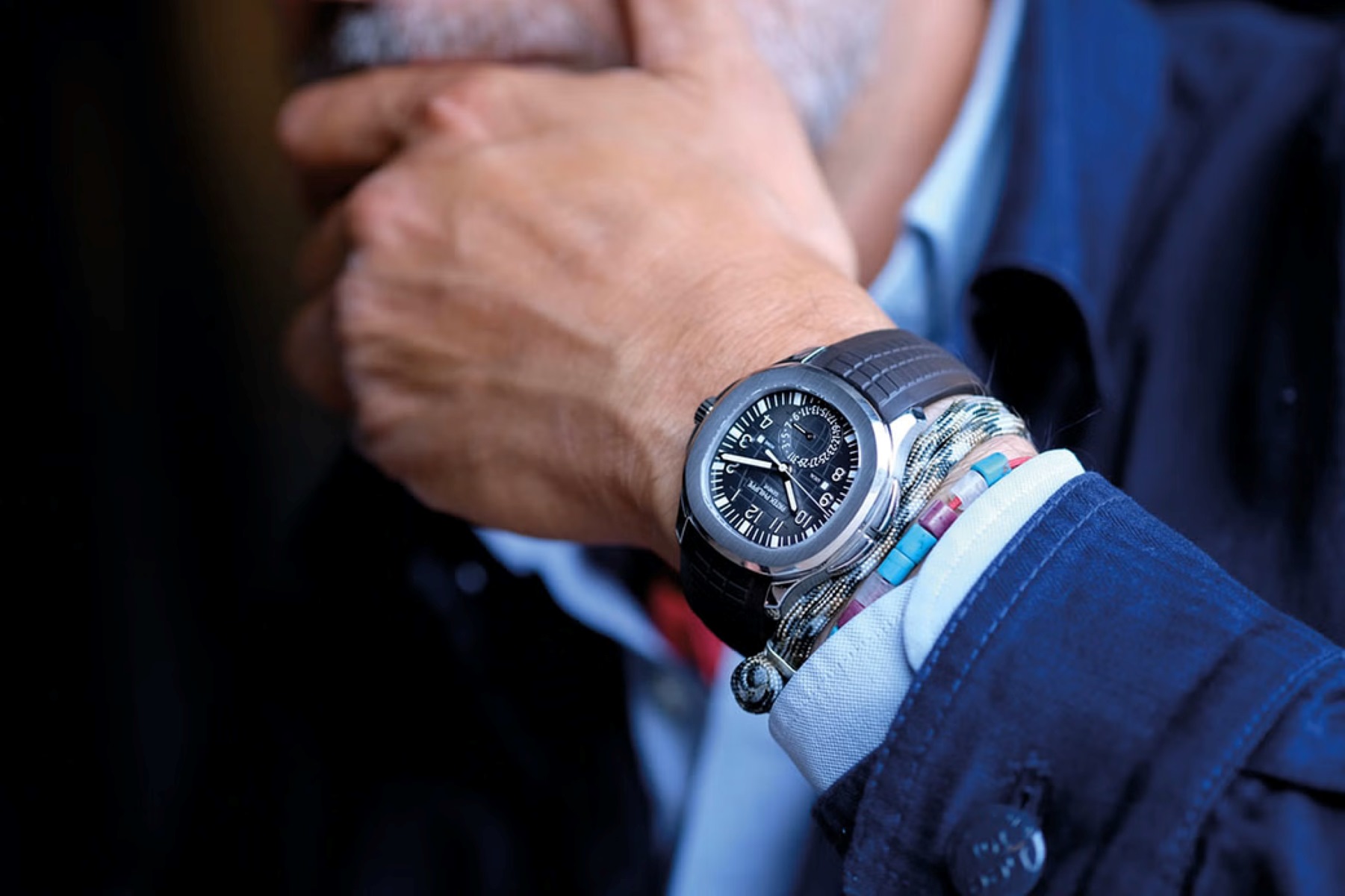
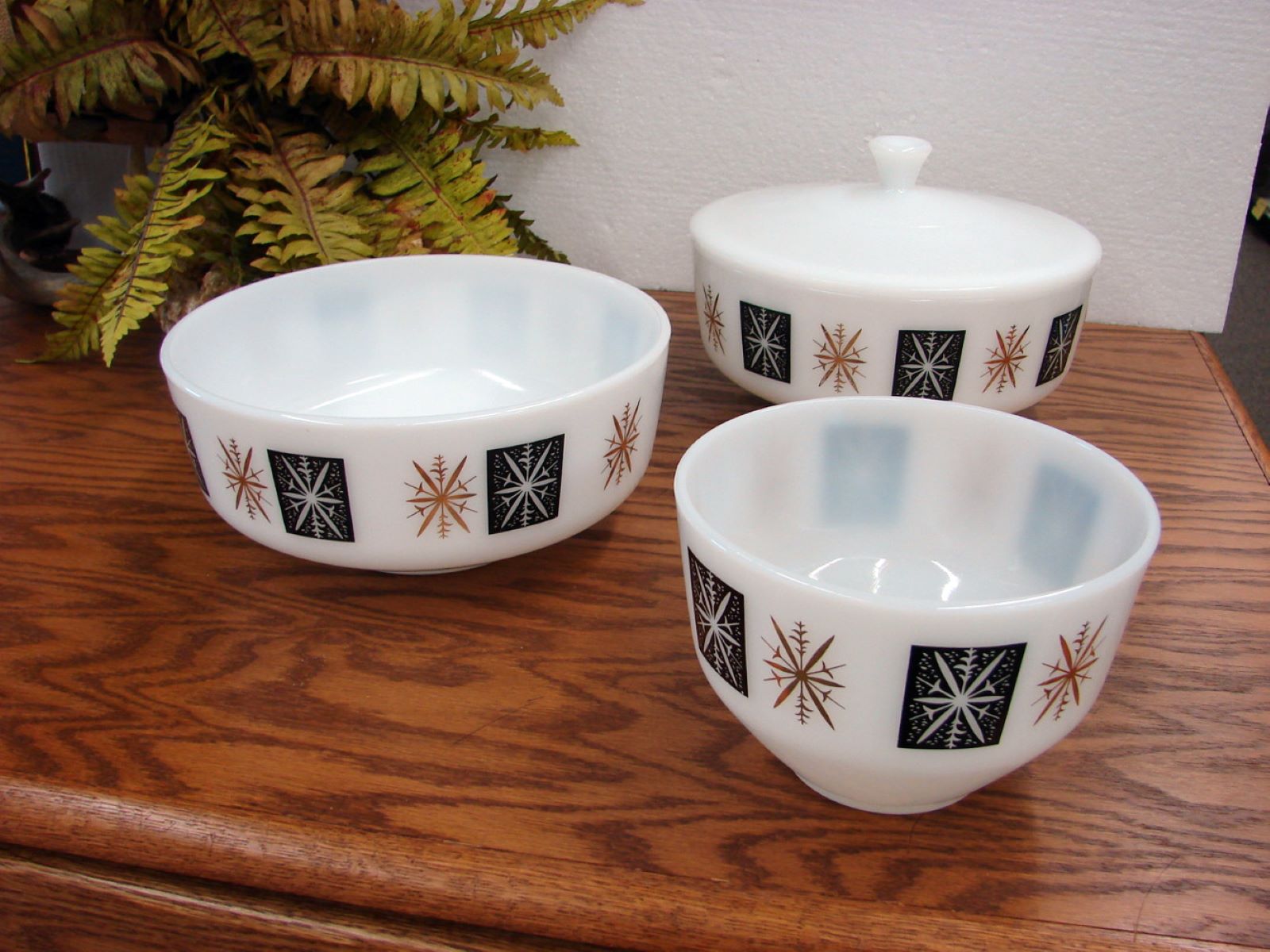
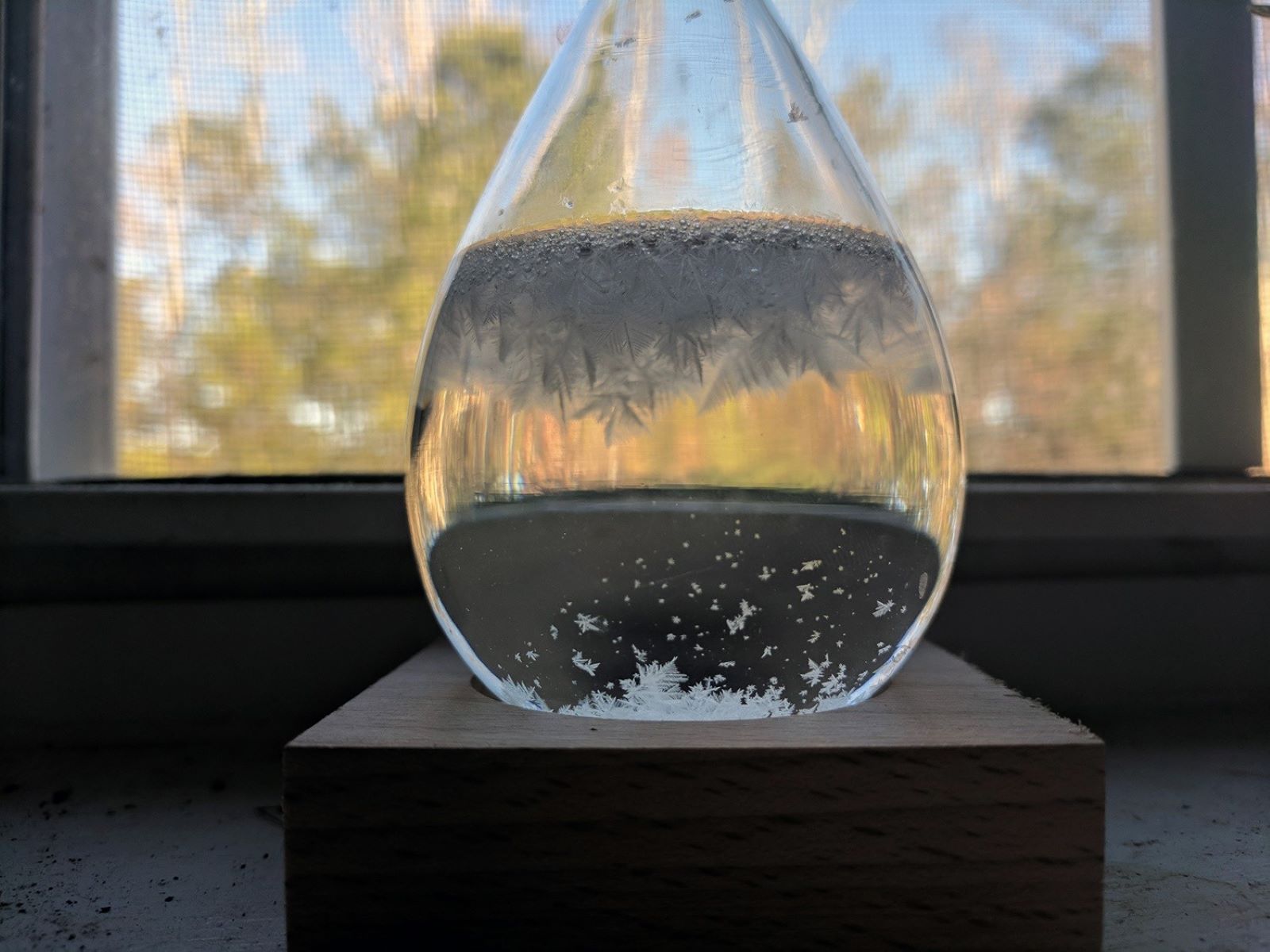
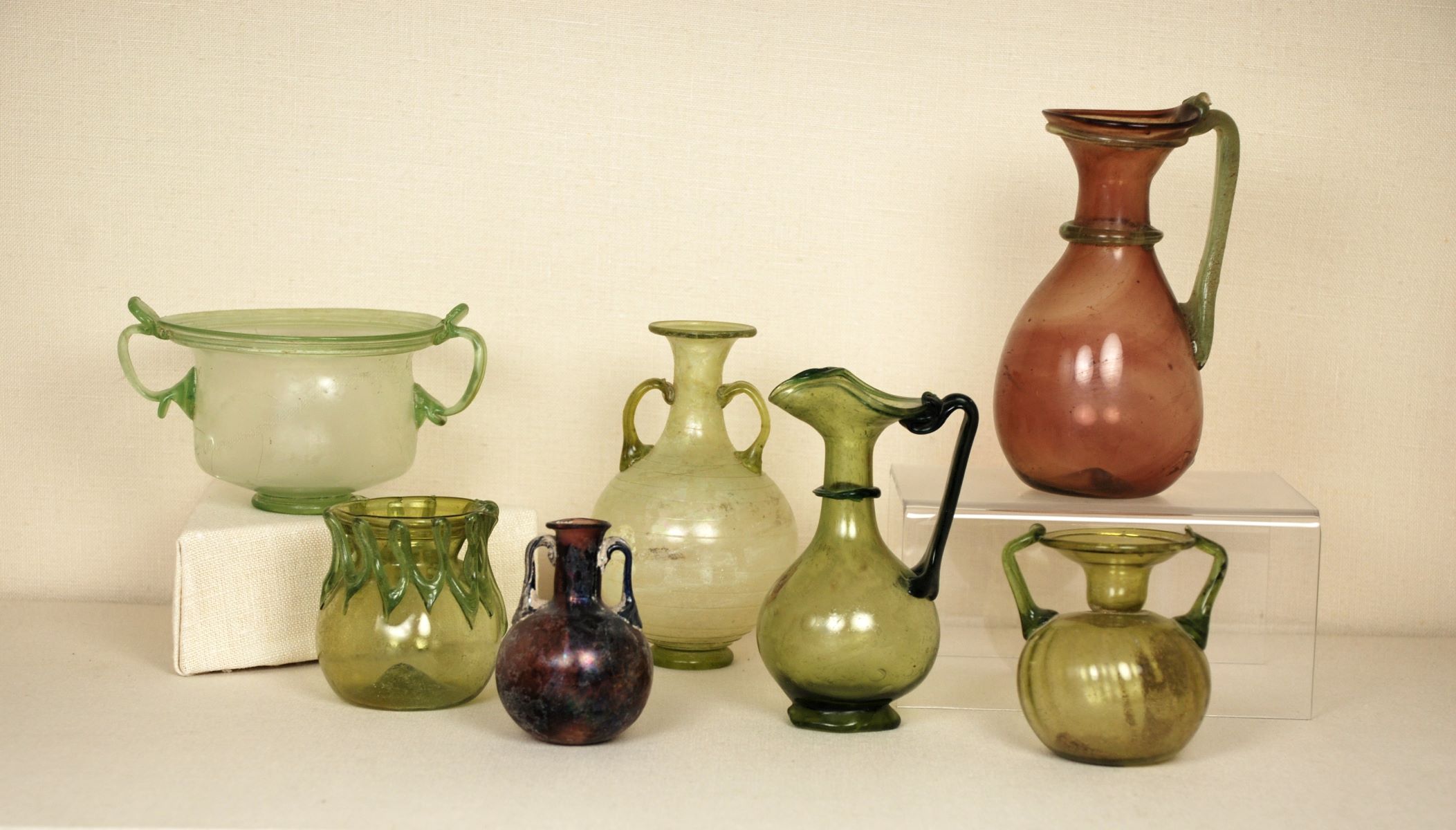
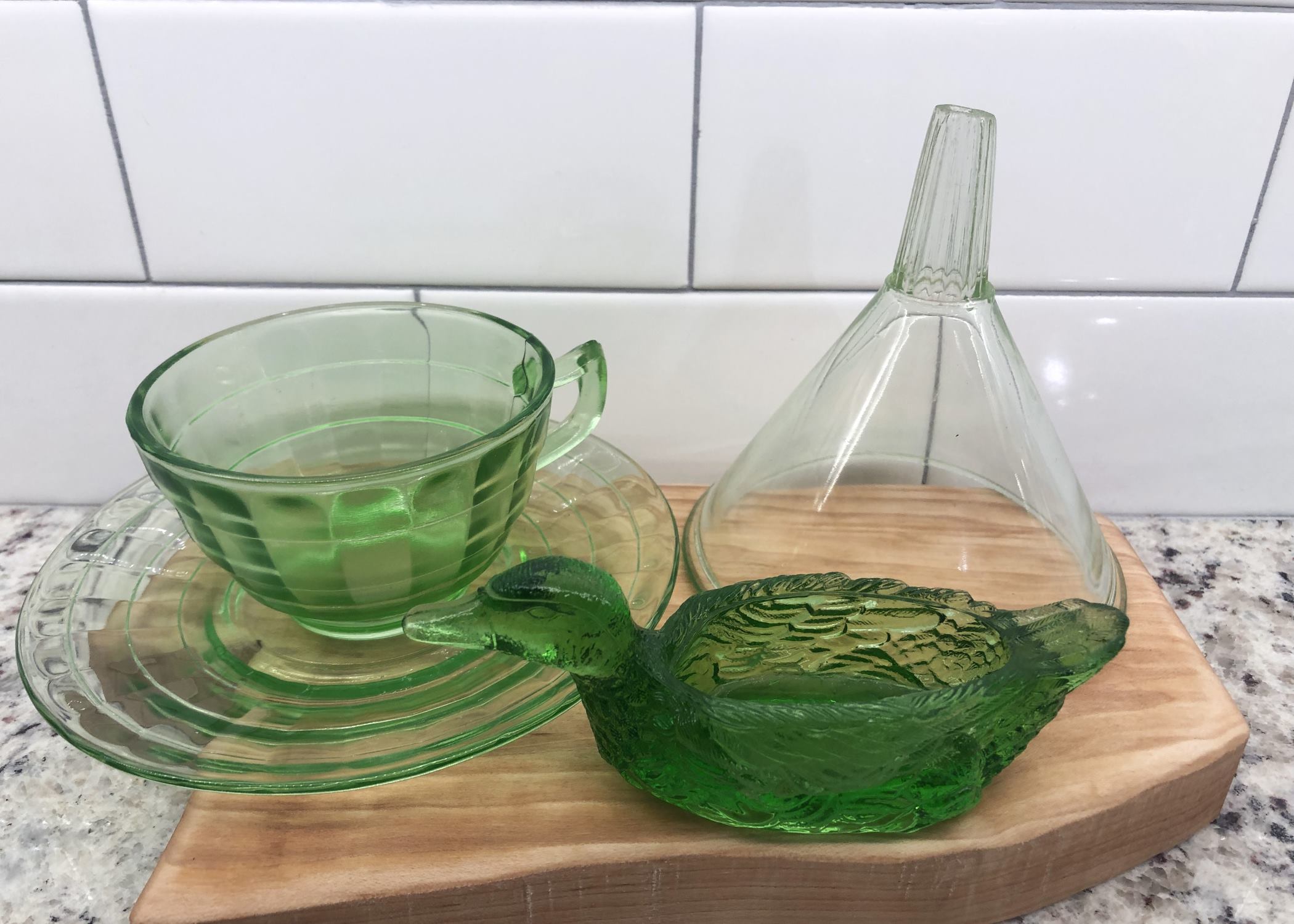
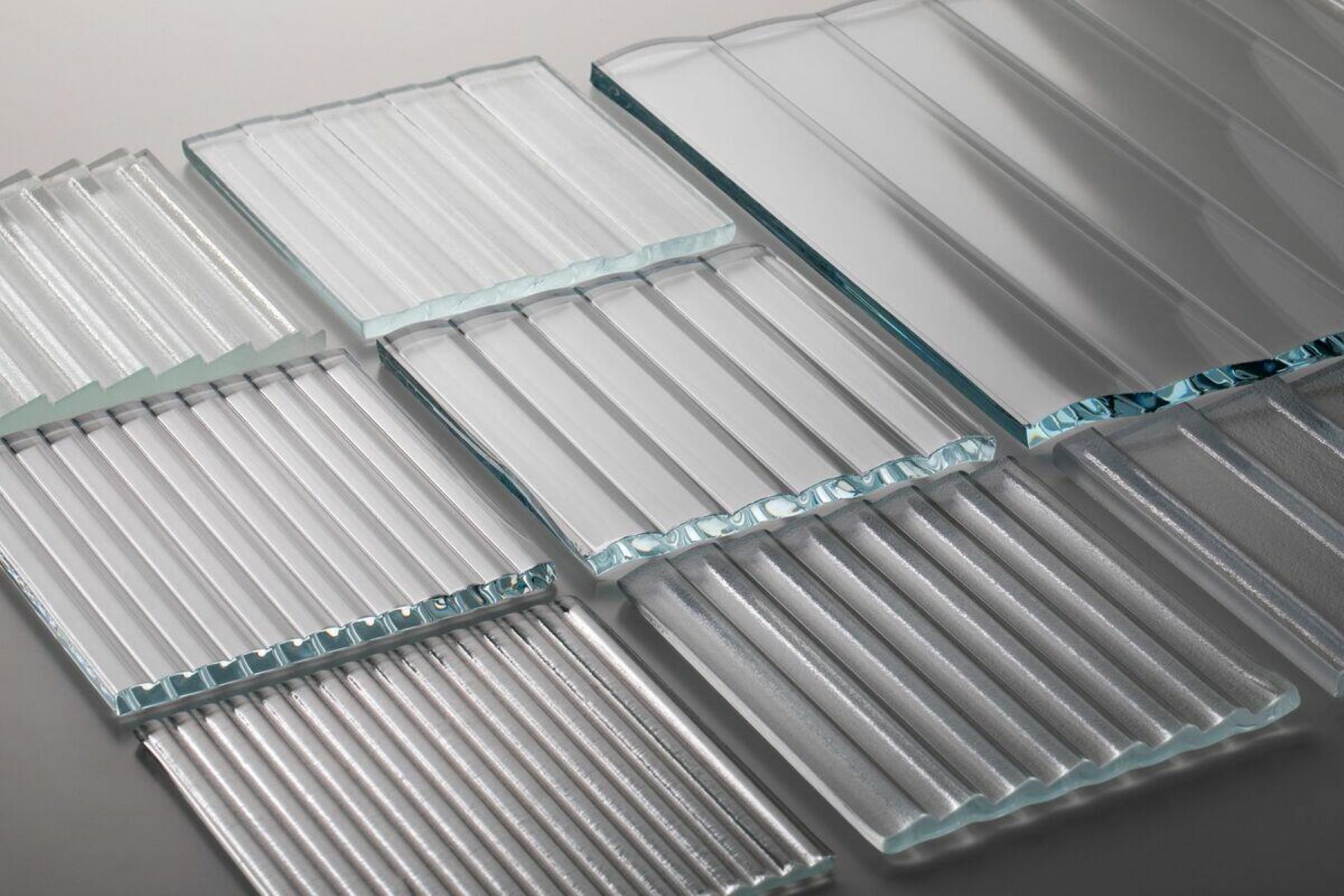
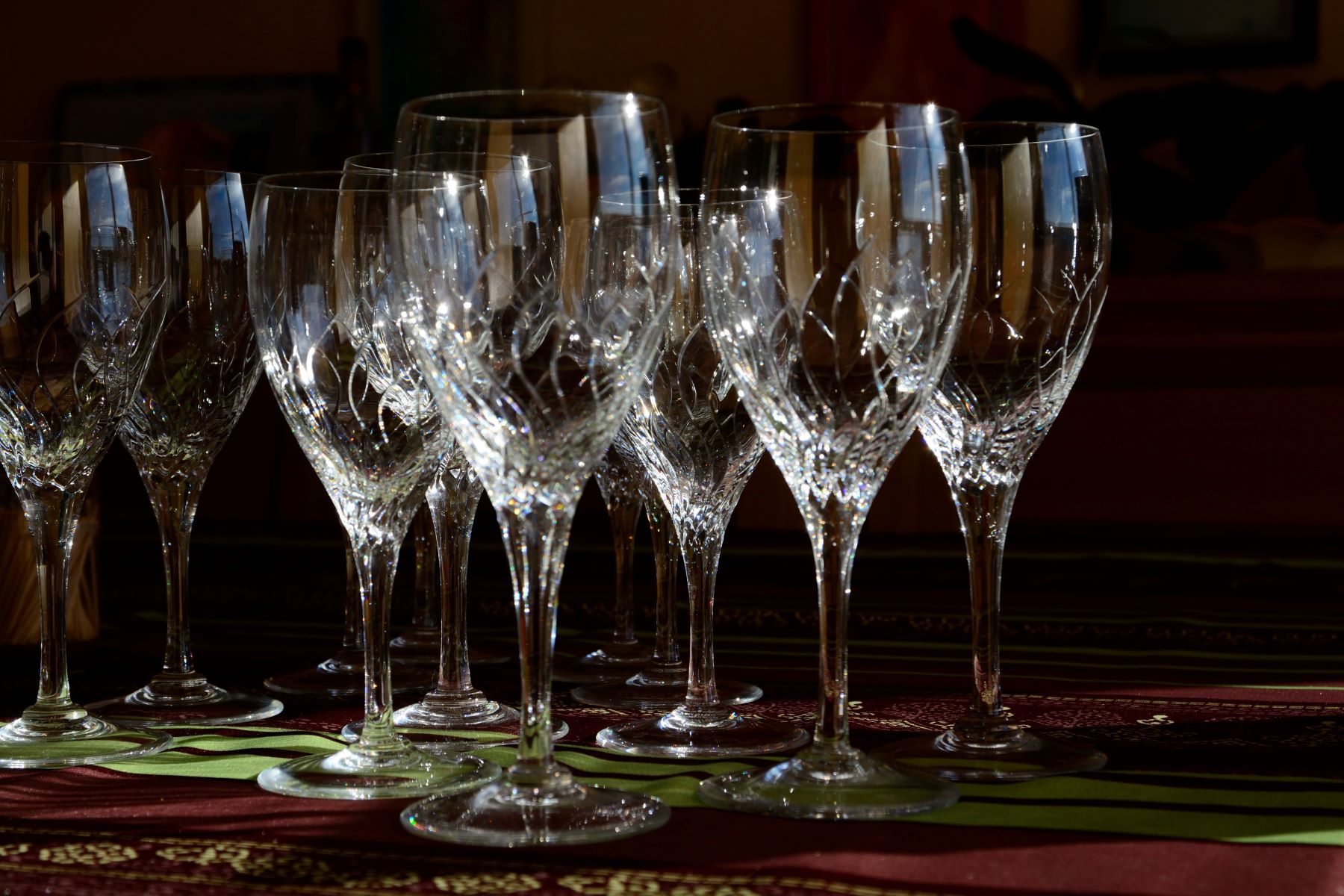
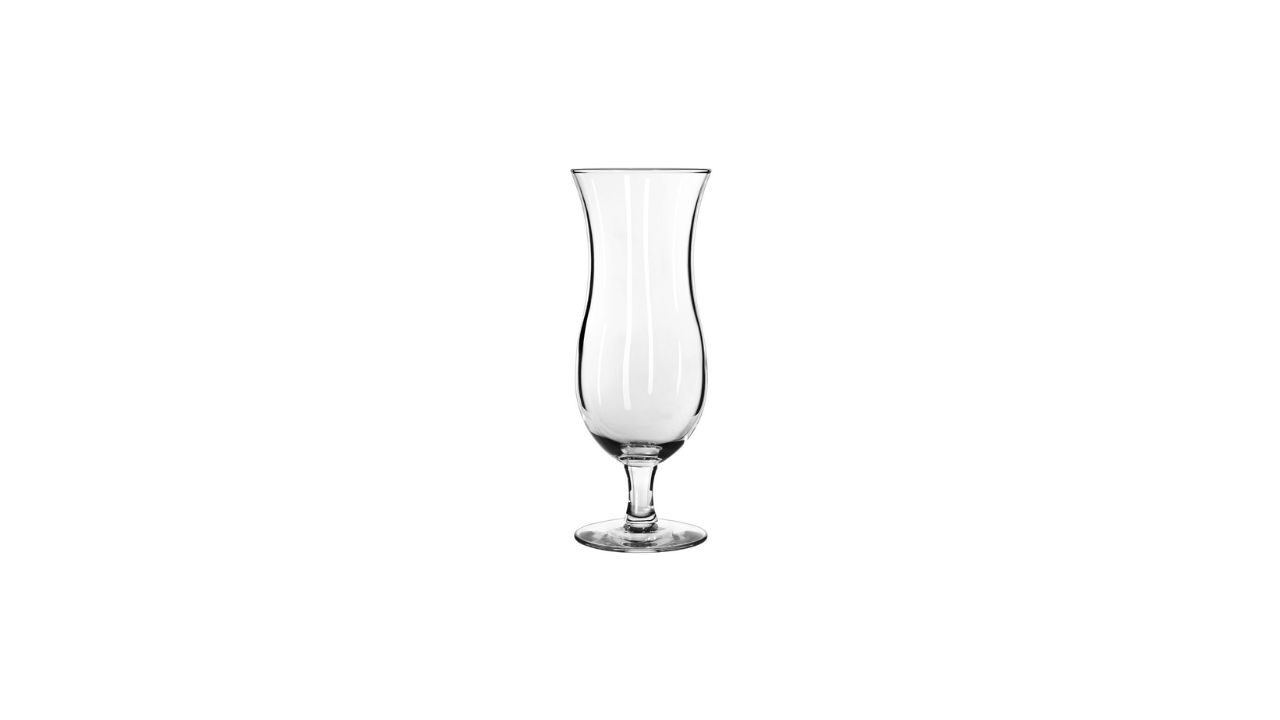
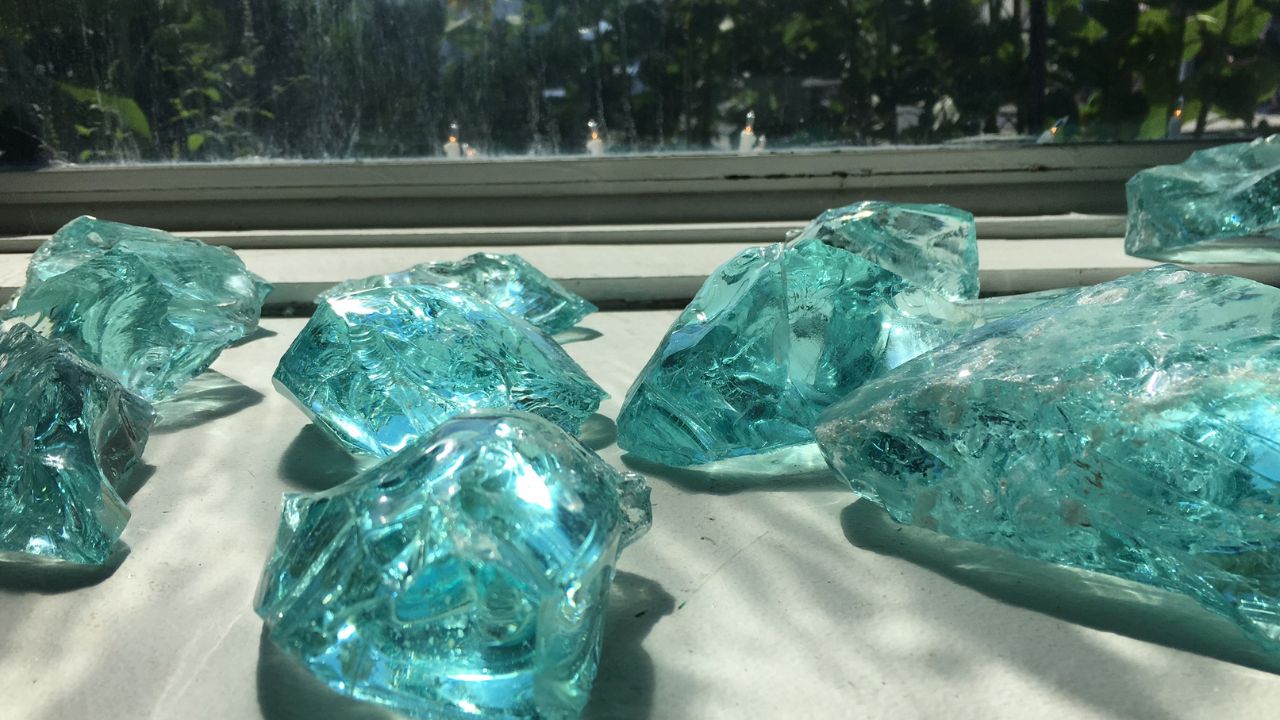
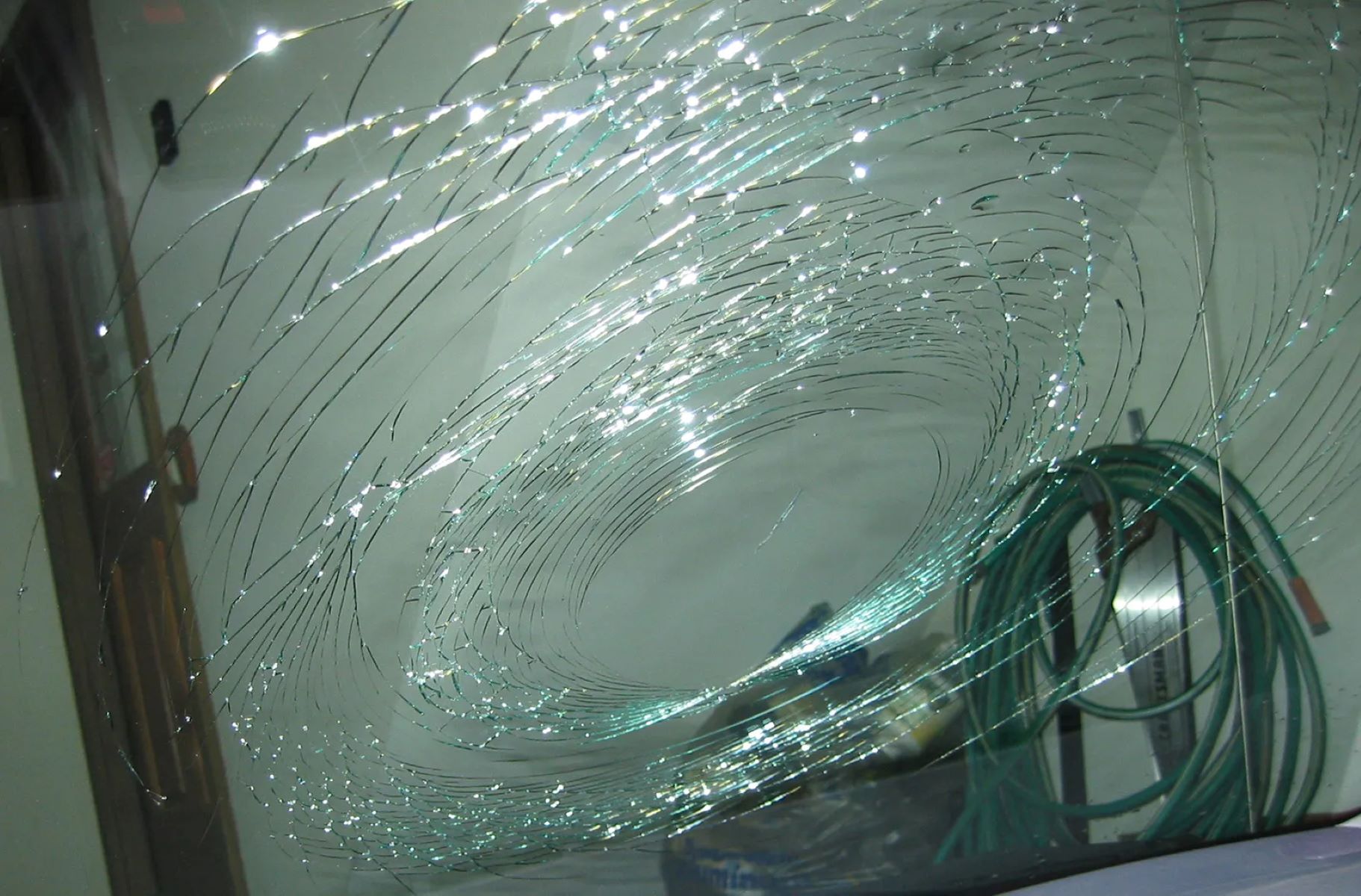
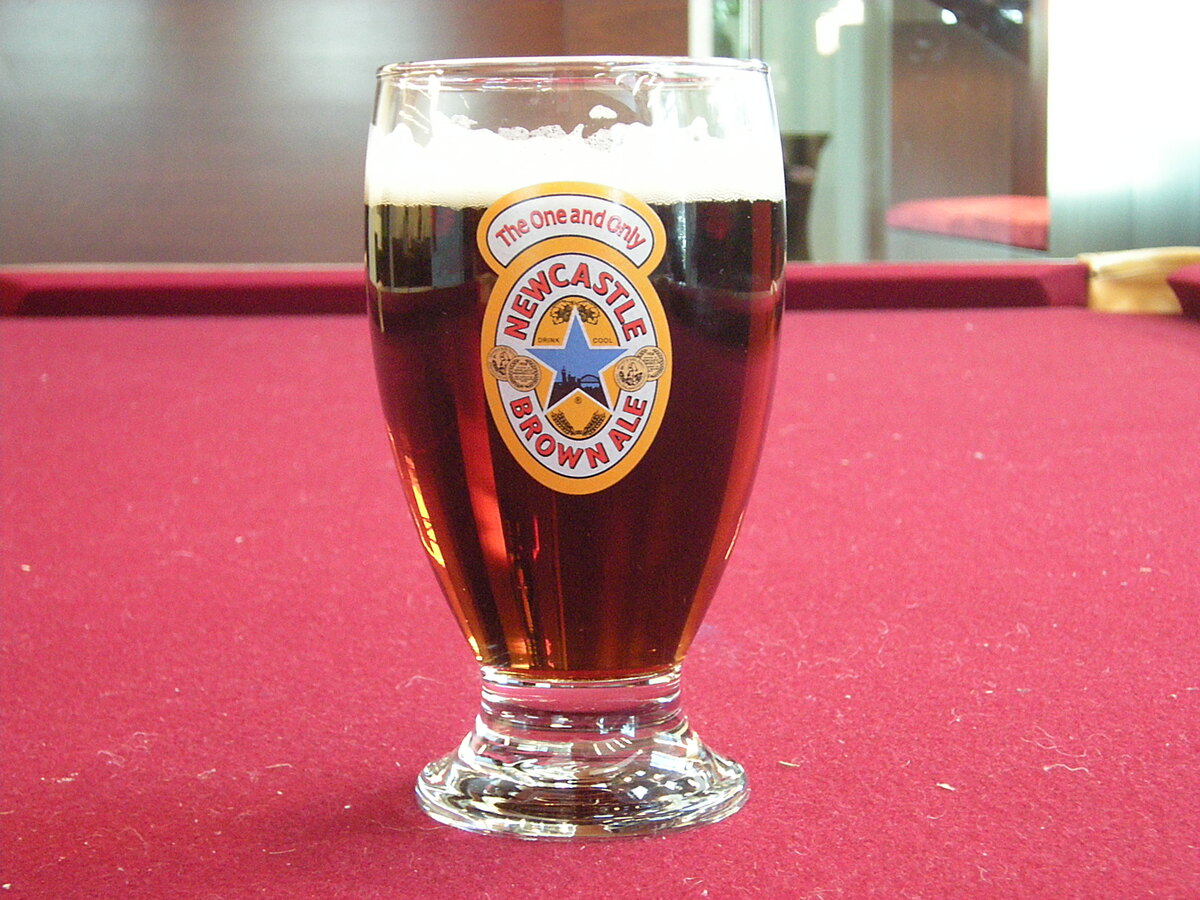
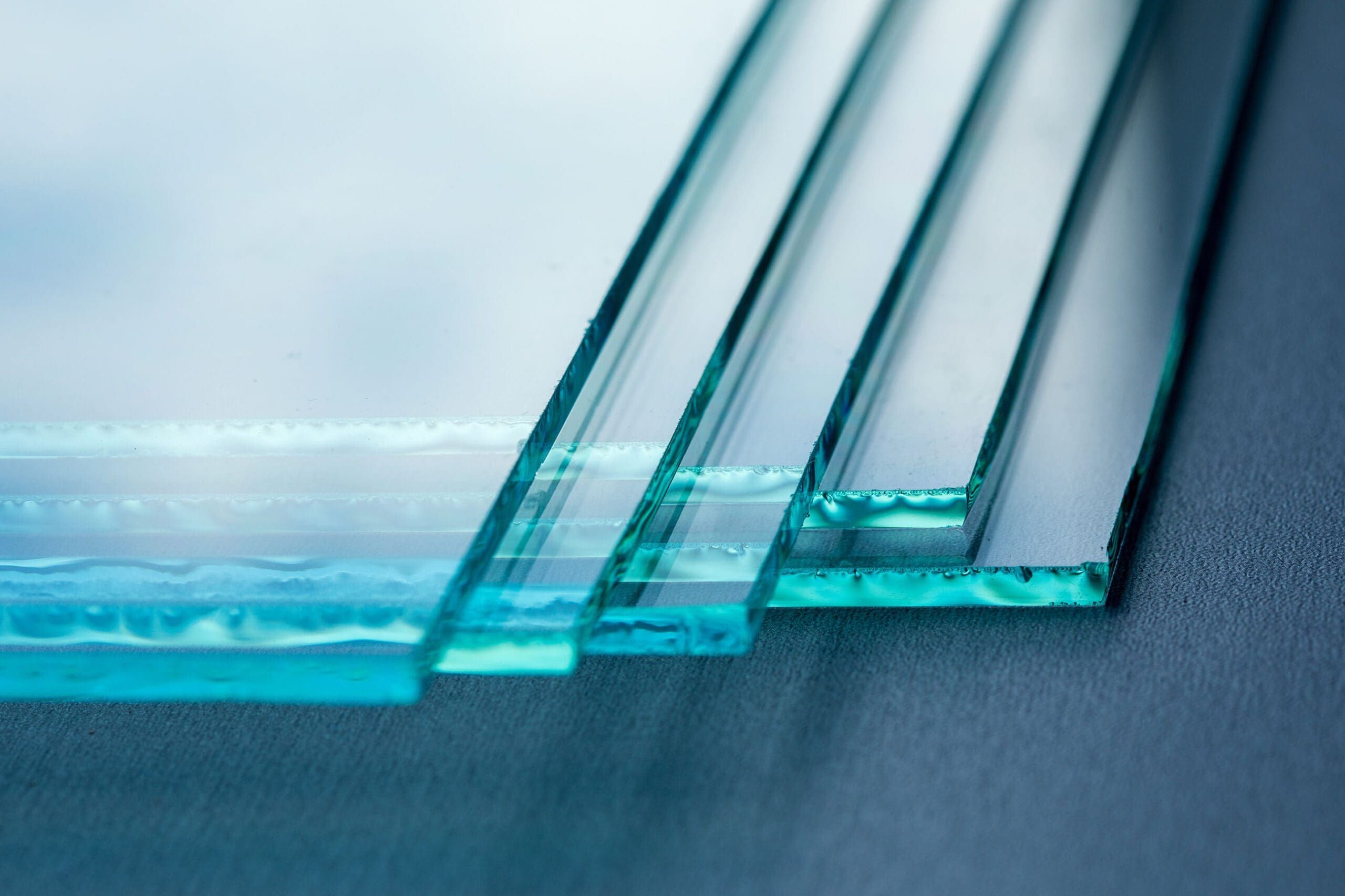
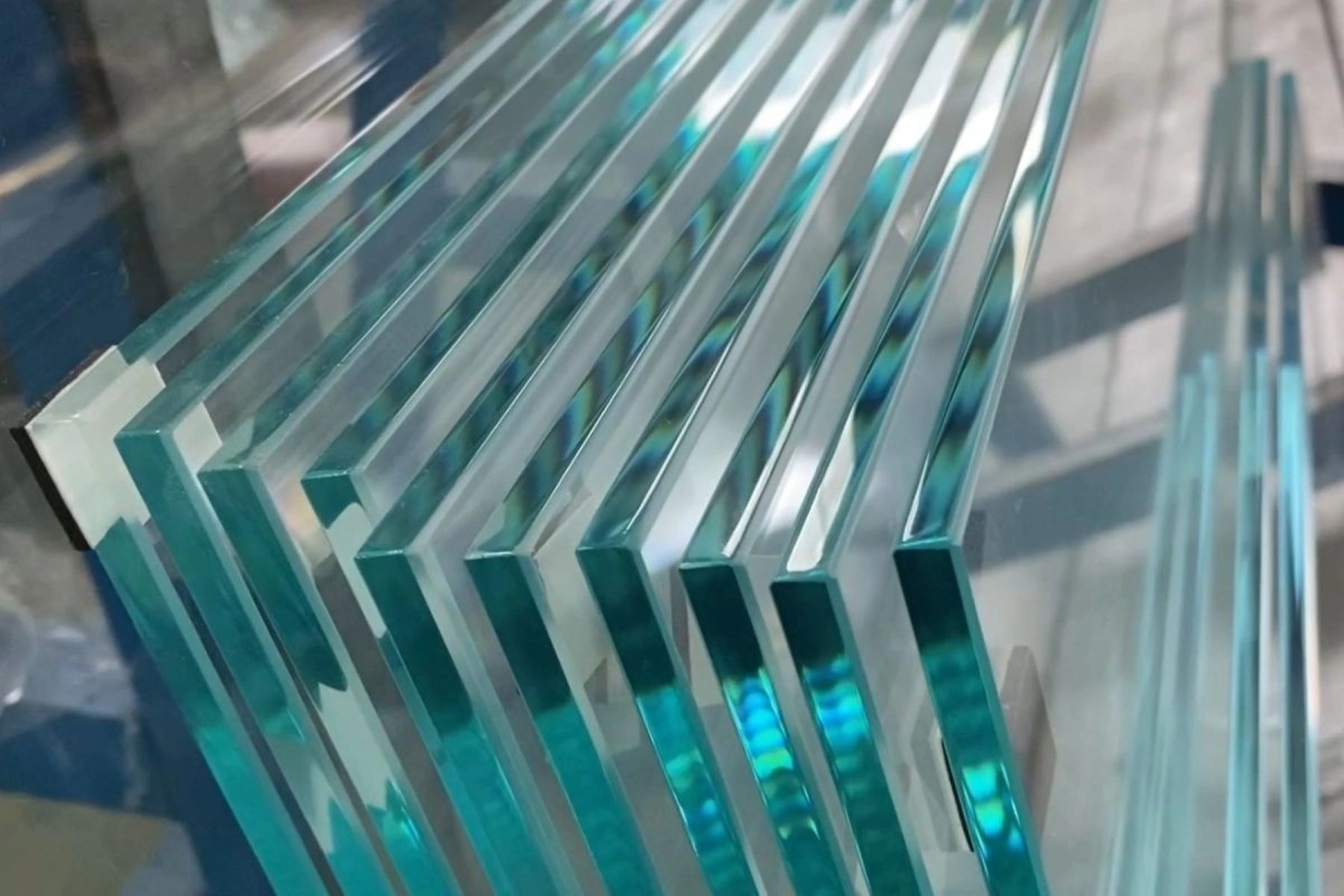


0 thoughts on “What Is Heady Glass”